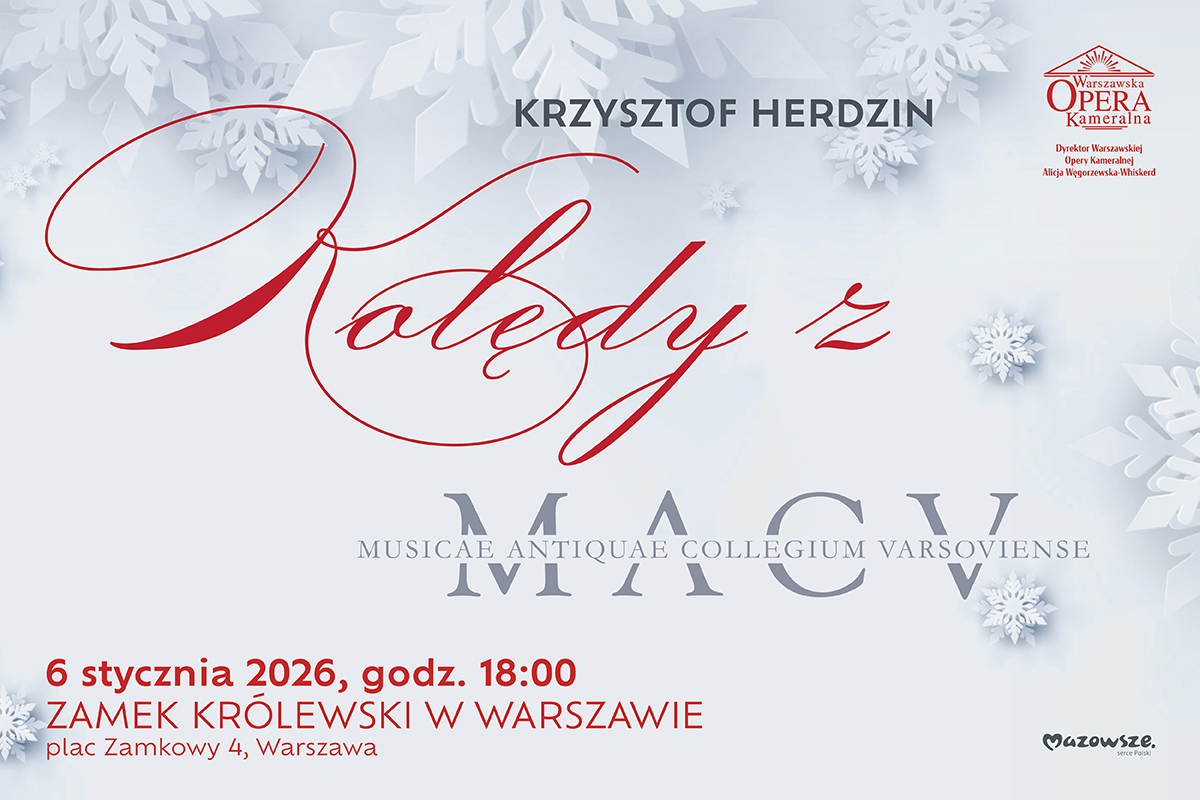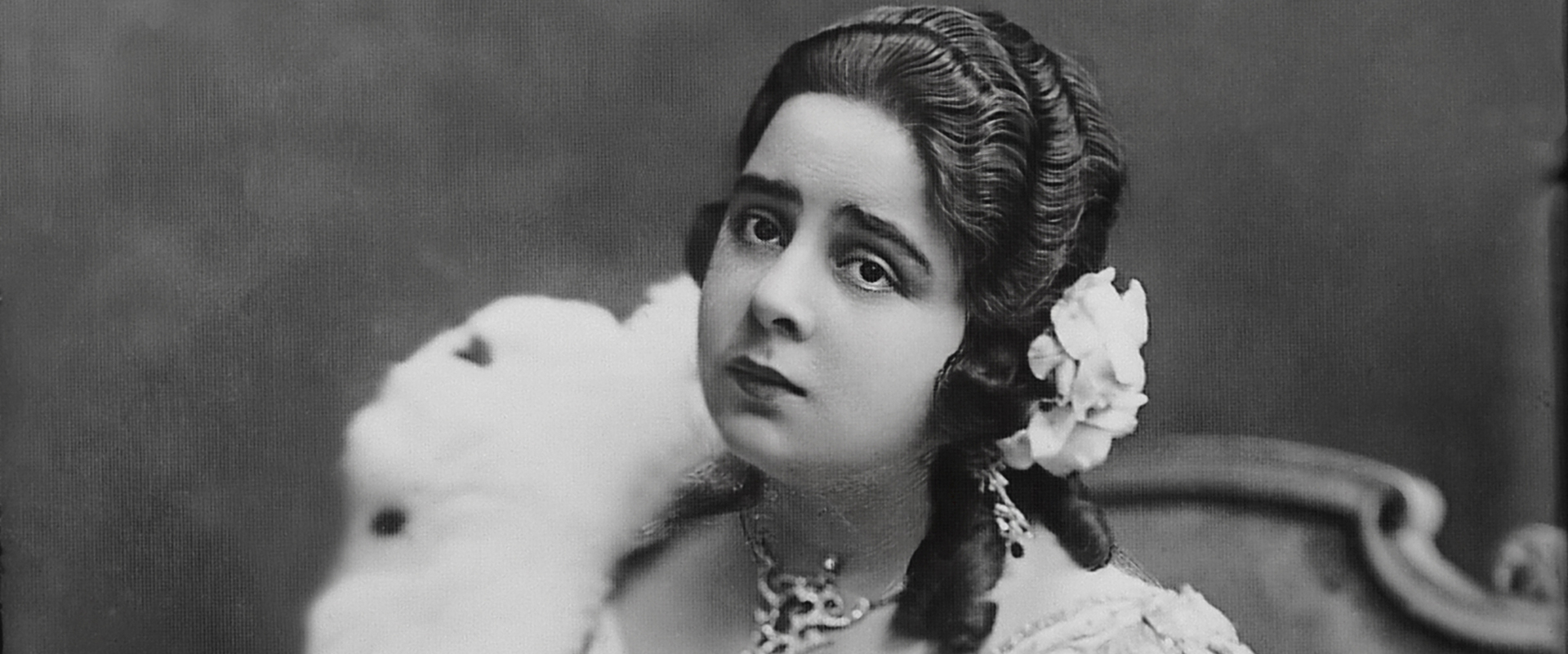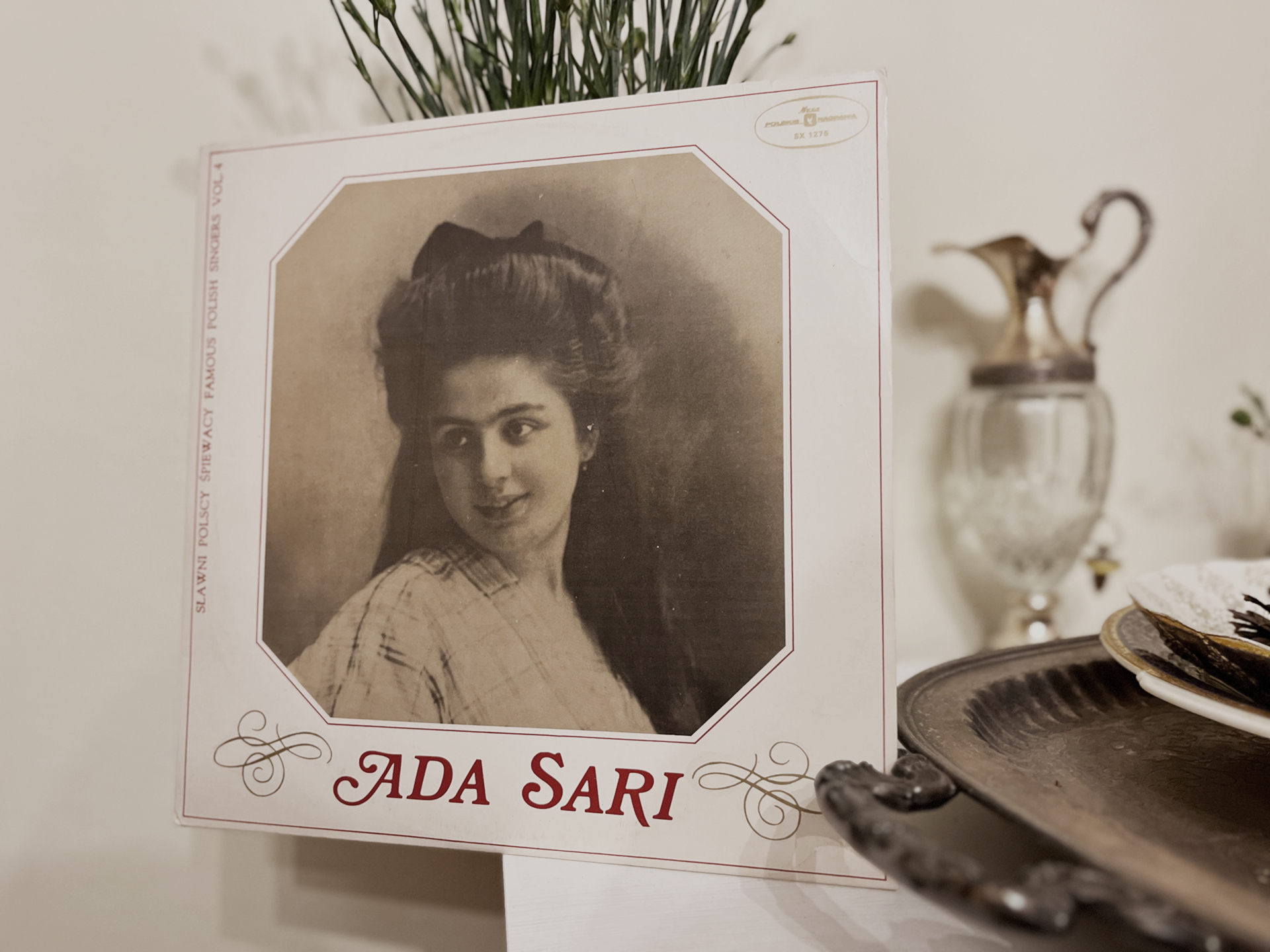 Ada Sari: Mistress of Vocal Art, Pedagogue, Icon
Ada Sari: Mistress of Vocal Art, Pedagogue, Icon
The name Ada Sari has achieved immortal fame, not only because it is inscribed on numerous commemorative plaques. Her renown, appreciated by opera experts and enthusiasts such as Józef Kański and Bogusław Kaczyński, has secured her rightful place among the pantheon of the greatest opera stars of Polish origin. On May 17, the 21st Ada Sari International Vocal Artistry Competition will commence in Nowy Sącz, gathering emerging vocalists from around the world. Undoubtedly, every soprano participating will have one thought: to sing as beautifully as Ada Sari.
Who was this exceptionally talented and captivating singer? She was one of the most brilliant artists in the history of Polish vocal art — a sentiment echoed by music critic Józef Kański. Born in Wadowice in 1886 as Jadwiga Leontyna Szayer, she spent her childhood in Stary Sącz, where her father, Edward, a lawyer by profession, served as mayor. Initially, he did not share his daughter’s enthusiasm for singing and had modest expectations regarding her three-year vocal education in Vienna. However, young Jadwiga was determined. Her performance in the semi-private operetta “La Poupée” by Edmond Audran marked her first success, leading to continued vocal studies in Milan under Maestro Antonio Rupnick. After two years, she debuted as Marguerite in Charles Gounod’s “Faust” at the Teatro Nazionale in Rome in 1909. It was during this time that she adopted the stage pseudonym “Ada Sari” to make her name more accessible to the Italian audience.
Her voice was initially classified as a dramatic soprano, resonant and capable of expressive ornamentation. On stages in Alexandria, Naples, Florence, Venice, and Verona, she initially portrayed lyrical or dramatic roles, including Santuzza in “Cavalleria rusticana,” Nedda in “Pagliacci,” and even Elsa in Wagner’s “Lohengrin.” After 1912, she turned to coloratura roles, in which she achieved her greatest fame. In 1914, she performed in Warsaw, singing the role of Gilda in “Rigoletto.”
In 1923, she made her historic debut at La Scala, performing the Queen of the Night in Mozart’s “The Magic Flute” under the baton of Arturo Toscanini. She was associated with the Milanese stage for several seasons. One of her signature roles was Rosina in Rossini’s “The Barber of Seville.” A reviewer from the Italian newspaper “Popolo d’Italia” described her voice as: Tone delivered flawlessly even in very fast trills, pure, almost radiant staccato—this is what places this singer at the forefront of the most famous virtuosos of this art. Other major roles included Violetta in Verdi’s “La Traviata,” Elvira in Bellini’s “I Puritani,” the title roles in Donizetti’s “Lucia di Lammermoor” and “Linda di Chamounix,” Delibes’ “Lakmé,” and again, Gilda in “Rigoletto.”
She performed worldwide, including in the United States (Carnegie Hall), Canada, and South America. Among her numerous stage partners were Mattia Battistini, Fyodor Shalyapin, Beniamino Gigli, and Riccardo Stracciari. After one of her concerts at the Berlin Philharmonic, a review stated: Not only our generation will be enchanted by Ada Sari, but posterity will speak of her as one of the greatest singers of all time. She did not forget Poland, where she performed in Lviv, Kraków, Łódź, Katowice, Bydgoszcz, Cieszyn, and Poznań.
A few years before the outbreak of World War II, Ada Sari settled in Warsaw. In addition to performing at the Grand Theatre, she engaged in pedagogical activities, which she continued during the occupation. After the war, she dedicated the majority of her life to teaching. She trained successive generations of singers at the State Higher School of Music in Kraków and later, for 11 years, in Warsaw. She was one of the initiators of the vocal department at the Ring School of the Arts in Petaluma (near San Francisco). Among her students were Halina Mickiewiczówna de Larzac, Barbara Nieman, Bogna Sokorska, Maria Fołtyn, Zdzisława Donat, Nina Stano, Halina Szymulska, Urszula Trawińska-Moroz, and Wiktoria Calma.
A sentimental portrait of Ada Sari is drawn in the memories of the outstanding soprano Barbara Nieman, the last living student of the Maestra: She was the most wonderful, the most magnificent pedagogue. She passed on to me what she herself received from her professors, that is, beautiful singing, Italian bel canto. She placed great emphasis on exercises, especially on staccatos; that was fundamental. She always supported me and attended my opera performances; she was in the audience when I sang the premiere. I could count on her for all kinds of support, and one could even say we were friends. She paid great attention to stage movement and interpretation. I took all her remarks to heart, including the critical ones. She motivated me to keep improving.
In 1966, Ada Sari celebrated her 60th artistic anniversary and 80th birthday at the Grand Theatre in Warsaw. She passed away two years later during her stay at a sanatorium in Ciechocinek. She was buried in the Avenue of the Distinguished at the Powązki Cemetery in Warsaw.
Who? What? Where? When?
21st Ada Sari International Vocal Artistry Competition
When: May 17–24, 2025
Where: SOKÓŁ Małopolska Culture Center in Nowy Sącz, Poland






